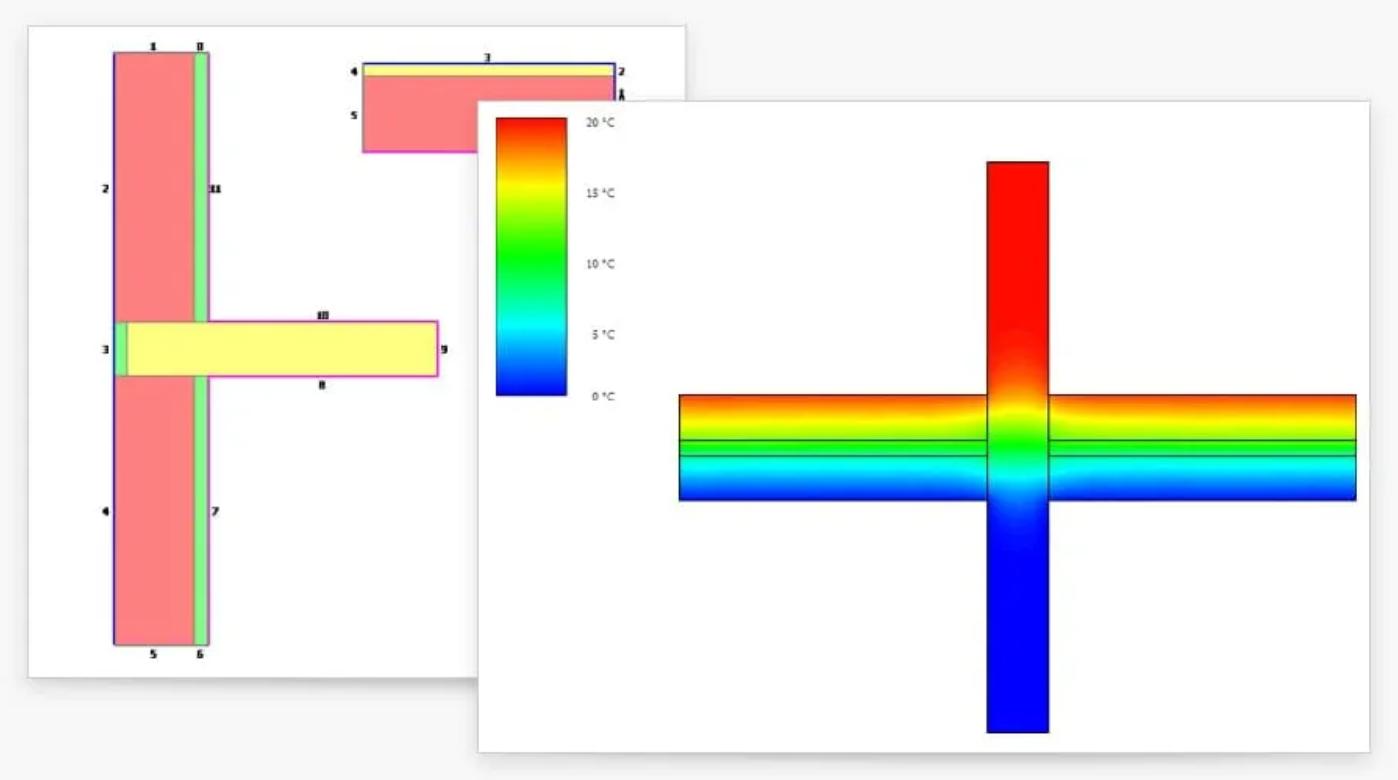
What Are Psi (Ψ) Calculations?
Psi (Ψ) calculations measure thermal bridging in buildings, assessing the heat loss that occurs at junctions between building elements (e.g., where walls meet floors, roofs, doors and windows). These calculations help improve energy efficiency and ensure compliance with Part L of the UK Building Regulations.
Why Are Psi Calculations Important?
- Reduces Heat Loss – Helps design buildings with lower energy demand.
- Improves SAP & SBEM Scores – Better thermal performance leads to improved EPC ratings.
- Compliance with Building Regulations – Ensures the building meets required energy efficiency standards.
- Minimizes Condensation & Mould Risk – Reduces cold spots where moisture can accumulate.
Key Factors in Psi Calculations:
- Junction Types – Walls, floors, roofs, windows, and door junctions.
- Material Conductivity – The thermal properties of materials used in the construction.
- Junction Geometry – The design and layout of the building elements.
- Heat Flow Analysis – Calculation or simulation of how heat moves through junctions.
How Are Psi Values Used?
- Incorporated into SAP & SBEM calculations to determine overall building efficiency.
- Helps reduce carbon emissions by improving insulation at critical points.
- Allows for bespoke thermal bridging solutions, rather than relying on default values.
Would you like assistance with reducing thermal bridging in a specific project? Get in touch for a personalized quote.